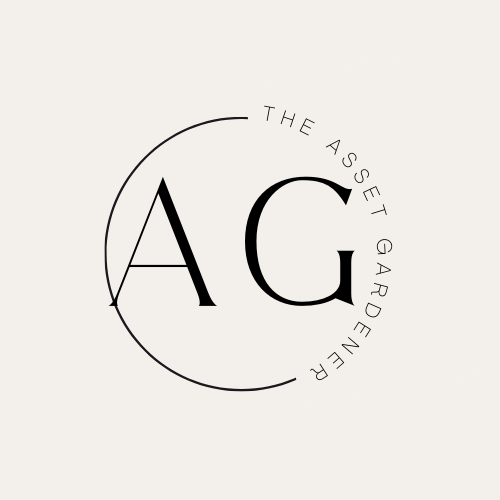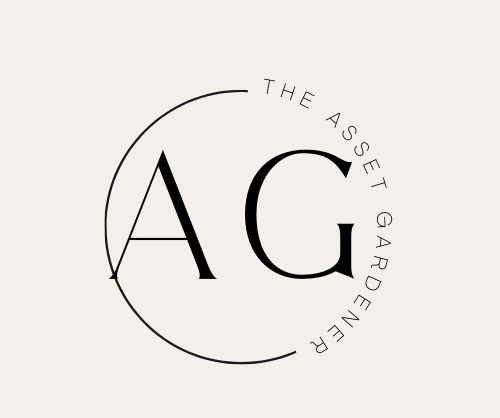
Understanding the Connection: Private Equity and Debt
In the intricate world of finance, private equity (PE) and private debt (PD) are often perceived as separate entities. However, these investment strategies are becoming increasingly interconnected, as seen in the recent dynamics between leading firms like KKR and Bain Capital, particularly during their bidding wars over Fuji Soft.
Significant Transactions and Market Trends
The collaboration between private equity and private debt firms has reached new heights. Just early this year, credit branches of major players like Apollo and Blackstone funded Carlyle's $5.5 billion acquisition of healthcare technology firm Cotiviti—marking a record in private debt financing. This trend showcases how private debt is not just a side player but a significant actor in facilitating large-scale investments.
Insider Access and Market Influence
One of the intriguing aspects of this alliance is the access to inside information that these firms enjoy. Surprisingly, there are few regulations preventing PE firms from trading bonds or shares while holding significant stakes in the companies they oversee. For instance, Blackstone's strategic sale of its Hilton shares between 2013 and 2018 demonstrates how proprietary knowledge can influence investment timing and decisions.
Balancing Risks and Rewards
Moreover, with private debt's structured nature allowing for lower but steady returns, many asset managers are keen to operate across both domains. The risk of conflicts of interest is an ongoing concern, particularly if a lender prioritizes certain investors at the expense of others. However, for those seeking durability in uncertain markets, the appeal of private debt's more predictable yields is undeniable, especially as private equity targets lofty 20% returns become increasingly ambitious amid high corporate valuations.
Final Thoughts: The Road Ahead
As an entrepreneur, small business owner, or investor, understanding the evolving landscape of private equity and private debt can unveil unique opportunities for growth and diversification. Their intertwining nature may present risks, but for keen-eyed investors, it also opens doors to stable revenue streams and collaborative ventures.
To navigate this world effectively, consider deepening your knowledge of both sectors and exploring potential synergies that could enhance your investment strategy—or even lead to your own side hustle that utilizes these dynamics.
 Add Row
Add Row  Add
Add 




 Add Row
Add Row  Add
Add 
Write A Comment